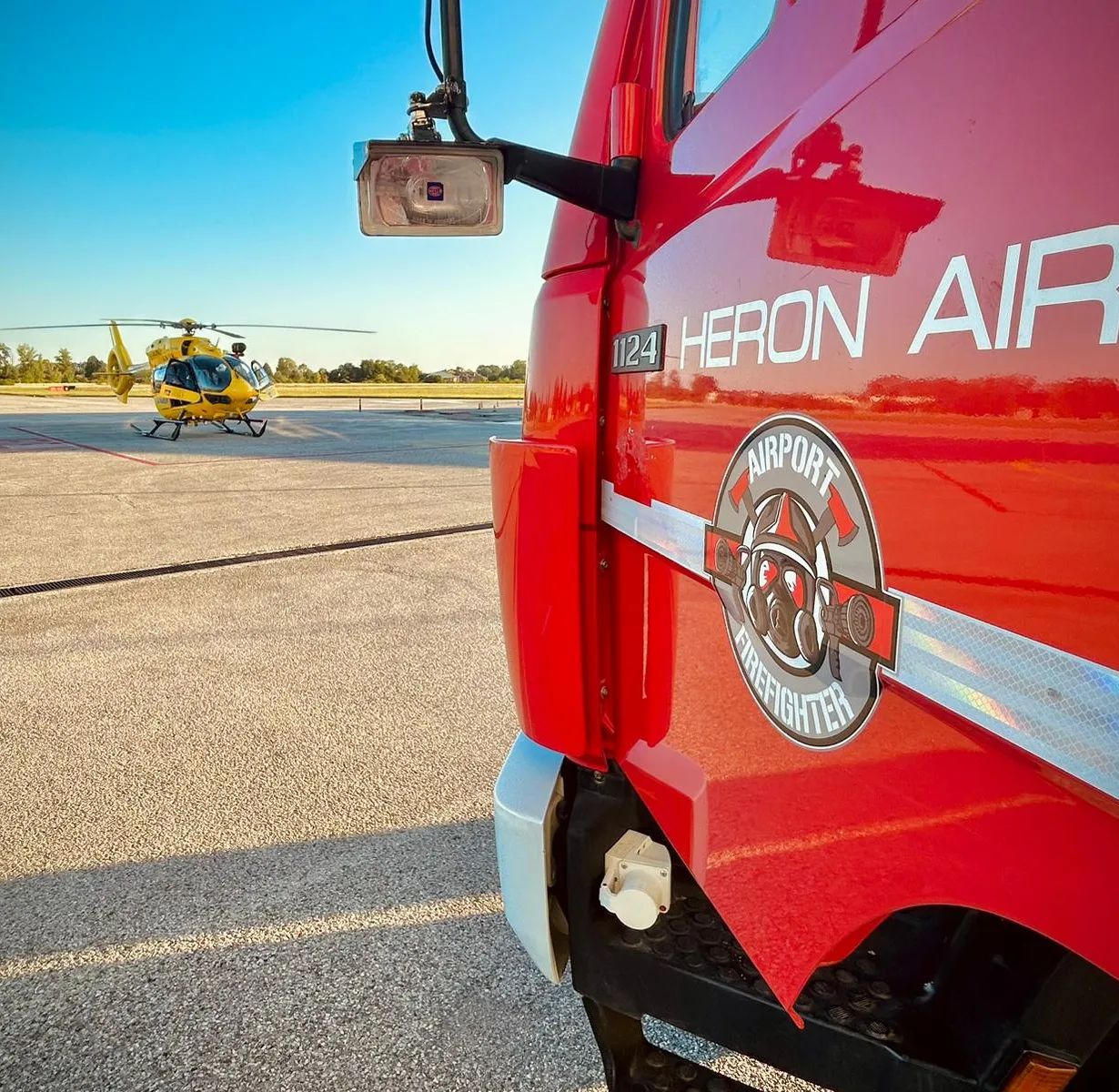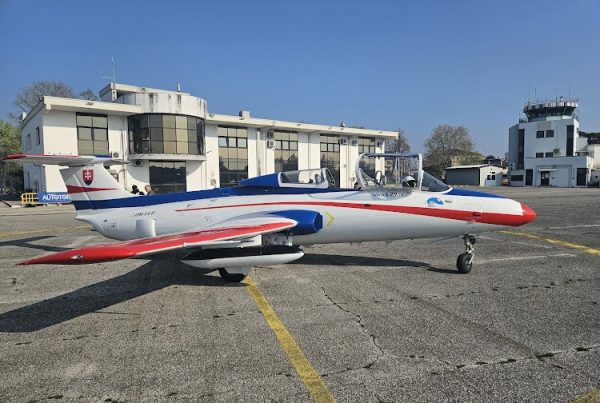efficiency and safety for air transportation
Safety at airports is top priority, and one of the most crucial elements is the fire service. This not only ensures the protection of infrastructure and people, but plays an essential role in helping to reduce risk and ensure safe and efficient flight operations.
Often overlooked by travellers, this area is actually critical to emergency management and ensures a safe environment for passengers, staff and aircraft. Prompt responses, operational efficiency and ongoing training of firefighting personnel are crucial aspects of the proper conducts at airports.
The role of the Fire Service at the airport
The firefighting service at an airport is not just about putting out fires but an essential component in aviation safety.
Using advanced technology, ongoing training and rapid response, this service indeed contributes to protecting millions of travellers each year. Emergency prevention and management not only ensure safe flights but enable airports to operate with ever-higher standards of efficiency and reliability.
Rapid action for aviation safety.
Prompt response to emergencies
in the event of an aircraft accident, runway fire, or other critical event, personnel must respond within seconds
Prevention
constant monitoring of airport infrastructure helps minimize fire hazards
Support to flight operations
collaboration with control tower, security personnel and airlines, for timely and effective response
Continuous training
employees must be constantly updated on new technologies and emergency procedures
Advanced technologies
the use of specialized means, highly effective foaming agents, and early smoke and fire detection systems
Reduced intervention time
teams must reach any point on the runway or operational areas in less than 3 minutes, as required by international standards
Coordination with other airport departments
ensures safety during refueling, dangerous goods handling, and on-board emergency management
On-site training
Periodic exercises on real-world scenarios to improve response time and intervention effectiveness
Airport safety regulations: ICAO fire standards and international regulations.
Firefighting operations at airports are regulated by international regulations set by the International Civil Aviation Organization (ICAO) and the European Union Aviation Safety Agency (EASA). These bodies impose strict standards for fire safety.





